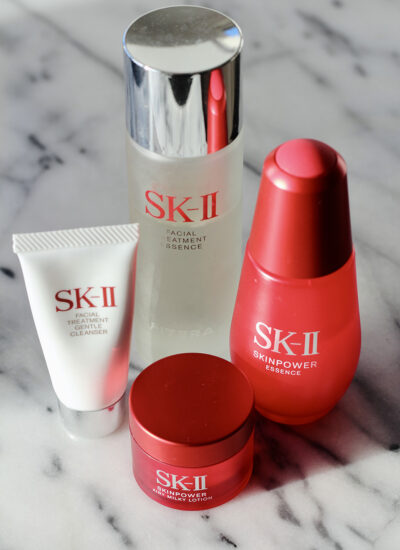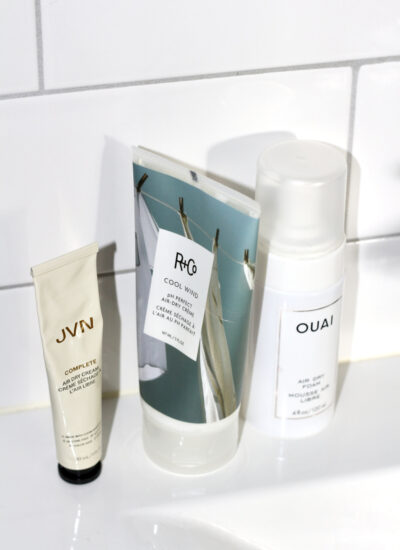
Couldn’t make you wait any longer! Here’s part two of A Natural Cure to Reduce Menstrual Cramps! If you missed Pt 1 and want to know more about my bleeding history, click here. If you think that’s too much info and you’re here for the cure, keep on reading!

I can’t assure you this will help, but the evidence is quite striking. I’ve almost tried every natural and unnatural remedy there is from eating low fat to eating lots of greens, but I believe in prevention more than to just care for the symptoms.
MARCH 2015 | While being bummed over that my period was extremely painful even after my tries with diet, probiotics, and yeah, even past life healing, I was wondering what was it that made my period short and intangible these two recent months? Or why does it have its ups and downs at all?!
As I was feeling as if I had tried everything and had come to the point where I felt like giving up and just accept that menstruation just is painful for some women, I stumbled upon a study that read:
Vitamin D Eases Menstrual Cramps
“Women with a history of severe menstrual cramps reported significantly less pain when they took an ultra-high dose of vitamin D five days before their next expected period, according to results of a small randomized trial.”
The study might have been small but still found significant evidence that vitamin D does play a huge part in how we experience our menstrual cycle. Out of 20 women who were taking a 300,000IU dose of vitamin D, 15 of them reported feeling less pain. And only 4 out of 20 in the placebo group noted an improvement.
Okay, so they were taking an extremely high dose and five days before their next period. I get that. And as Mercola states in his article about the matter, it may even be dangerous to take such a huge dose without medical supervision. And I personally don’t think that’s a sustainable dose to take
“I would caution you against taking this massive dose of vitamin D, as it is possible to overdose on vitamin D when taken in supplement form especially when your vitamin A and vitamin K2 are not properly balanced. Very high doses of vitamin D3 supplements may lead to too much calcium in the blood over time. This can result in deposits of calcium in your heart, lungs or kidneys, and the damage can be permanent if your vitamin D levels remain elevated for too long.“
I started looking back at my Cycle Chart of the two months (Jan/Feb 2015) where my period was pretty regular or close to 28 days and didn’t feel painful at all, not only did I start taking probiotics at that same time, but I also started supplementing with vitamin D pretty strictly, 1 pill every day. What had happened to me in March was that I stopped taking vitamin D daily, being more sporadic which then must have been the culprit that resulted in a late and painful period.
I looked back at 2014 where I remembered starting supplementing with vitamin D around the same time as I was taking my 2-month probiotic cure, from Feb to May. The summer of 2014 was very sunny, and I spent most days soaking in vitamin D. My period kept being close to regular and lighter than it has ever been in my life, then as autumn got closer and the days got darker with less sun I wasn’t getting sufficient amount of vitamin D, and so my period got painful and irregular again.
“Lasco and colleagues sought to test vitamin D for menstrual cramps because vitamin D appears to affect pathways that also are involved in pain and in uterine physiology. In particular, it inhibits prostaglandin synthesis, and previous studies have shown that the enzyme that converts vitamin D into its active metabolites is expressed in the uterus.”
I started supplementing with vitamin D strictly again as an experiment: 1-2 pills a day, about 200-400IU, not missing a single day. And what started happening? My period automatically adjusted itself to 28 days, lasted shorter and was almost unnoticeable.
Until 2014 I had never supplemented with vitamin D. Throughout the years, I’ve eaten a lot of salmon, eggs and other foods high in vitamin D, but as it comes down, vitamin D sourced from food is not equally as effective as the sun and D3 supplementation.
I would also add that diet seems to matter a great deal, as it wasn’t until I adopted a plant based low-fat diet that the correlation with vitamin D/Sun could be predicted. Looking at the charts before I started eating plant-based and my notes, my period didn’t seem to correct itself during summer or be less painful. (See chart A)

June 2015 | I stopped supplementing with vitamin D as of May and turning to the Sun completely. The start of this summer wasn’t all that sunny though, and while I tried my best being out in the sun, I seemed to have failed to get my proper requirement. For in June my period came late and was of average pain.
August 2015 | I was getting my vitamin Sun on almost daily by now, my period seemed to come late anyways. Though I didn’t experience the same bloating and PMS I usually do, and it wasn’t too painful, but I suspect my increased exercise regime during the month of July and August had a great effect. I’ve experienced before where my period would come very late because of the drastically increased amount of exercise I’ve put in.
September 2015 | While trying to finish up writing part two, I decided to wait for my next cycle. Surprise, surprise, even with sufficient amount of sun exposure, my period came late!
BUT – yeah, it’s a really big but – there wasn’t any pain at all! No bloating, no heavy bleeding, no gases or cramps, no breakouts. I didn’t feel it at all. But you may wonder… Why do my periods come late even though I’m getting sufficient amount of vitamin D? Well, I have an answer to that but that’s a whole other post in itself!
I also want to add, that since my experimentation with vitamin D I’ve noted that my period, instead of getting it right in the morning, I will get it during the day. Don’t know why this would have changed or if it is even related, but I’ve always had it come in the morning, so it’s a new thing for me.
A woman who gets enough Vitamin D can either reduce or completely avoid pms symptoms such as depressions, headaches and mood swings. If a woman does not have enough Vitamin D then there is both a calcium issue in terms of deficiency and the pms symptoms that Vitamin D can prevent.
The sad thing is that not many studies are found on this subject. I’d like to know more how menstrual pain differs from women working indoors vs outdoors in the sun in correlation to their diet too.
Do western women suffer from menstrual cramps more than women living near the equator? How much does activity levels and diet matter? Is menstrual cramps a sign of vitamin D deficiency? And why do some women experience lighter periods and no cramps when going plant-based?
As you may know, internal pain, is never “normal” to have.
What we do know is that vitamin D is actually not a vitamin but a hormone our body produces on our skin when we come in contact with the sun’s UVB rays, it wouldn’t be too far off to say of course it has an effect on our hormones. Vitamin D deficiency and its impact have been linked to a number of various functions in the body, everything from osteoporosis, cancer (including melanoma) to a much recent study linking it to Alzheimer’s.
Do we need to take a copious amount to be healthy, does everybody need to supplement with vitamin D? No and no. As you can tell by my experience, a normal daily requirement of being in the sun for 20 minutes is all that takes. I’ve been meaning to make a post about vitamin D, because for me its a very important but also a touchy subject because some don’t share my positive views of the sun. It will be out in the beginning of next year ??
What do I recommend for women suffering from extreme menstrual pain and PMS?
Don’t be afraid of the sun, put on a hat and soak in 15-20 minutes a day every moment you have without SPF. If you live above Lisbon and can afford a 1-month trip south during winter, DO THAT! Plus, when it comes to the sun, everyone is different, I’m medium skin toned so of course, I need more sun than someone with porcelain skin. OBS I’m not telling anyone to bake in the sun! Best thing is to go to a doctor and find out your vitamin D levels and act accordingly. Important to note, optimal levels of vitamin D is said to be stored for 3 months, but from observing my body, I seem to lose my storage quite fast. Again, everyone is different, just wanted to point out that some store for longer periods others for shorter. Some need a larger amount than others, and so on. It’s up to you to figure out what you need. What I need is to live someplace warm and sunny! ;)
I will, of course, keep you posted on this matter and come back in six months and present my findings. I’d love to have more women be a part of this experiment, so if you want to jump on, please let me know in the comments below or via email I’d love to know your results!
I will be taking vitamin D earlier this year, and because my boyfriend’s winter-eczema gets much better in the summer (but not by supplementing with vitamin D), we’re also going to experiment with tanning beds for some sun therapy or invest in a sun lamp this winter.







